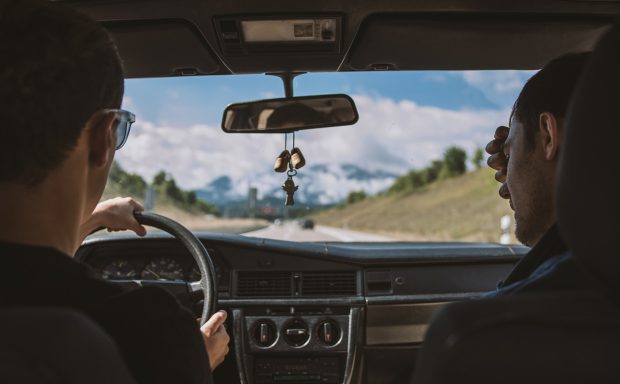As the temperature rises, so does the need for extra precautions on the road. Hot summer driving can pose unique challenges, but with the right strategies, you can ensure a safe and comfortable journey. Here’s your ultimate guide to hot summer driving safety.
I. Vehicle Maintenance for Summer
Check Your Cooling System
Ensure your radiator and cooling system are in top condition. Check coolant levels, inspect hoses for leaks, and replace or flush fluids as recommended by your vehicle’s manual. Proper engine cooling is crucial in preventing overheating.
II. Tire Care in the Heat
Inspect Tires Regularly
High temperatures can impact tire pressure. Regularly check tire pressure, including the spare, and ensure they meet the manufacturer’s recommendations. Inspect for wear and tear, and replace tires if needed for optimal traction.
III. Air Conditioning Efficiency
Service Your AC System
A functioning air conditioning system is vital for a comfortable drive. If your AC is not cooling efficiently, have it inspected and serviced. Check cabin air filters and replace them as recommended for clean and cool air.
IV. Hydration and Comfort Inside the Vehicle
Stay Hydrated and Dress Appropriately
Bring water for hydration, especially on long drives. Dress in lightweight, breathable clothing, and consider using seat covers to prevent hot surfaces from causing discomfort. Adequate hydration helps maintain focus and alertness.
V. Sun Protection for You and Your Vehicle
Use Sunshades and Sunscreen
Protect yourself and your vehicle from the sun’s rays. Use sunshades on windows to reduce interior heat. Apply sunscreen to exposed skin, and consider UV-protective window films to minimize sun exposure inside the car.
VI. Plan Smart for Summer Travel
Choose Cooler Driving Times
Plan your travel during the cooler parts of the day, typically early morning or late afternoon. This reduces the risk of overheating, and you’ll likely encounter less traffic during these times.
VII. Avoid Overheating and Engine Stress
Monitor Engine Temperature
Keep an eye on your vehicle’s temperature gauge. If it starts to rise, pull over to a safe location immediately. Running an overheated engine can lead to severe damage.
VIII. Emergency Kit for Summer Driving
Prepare for Unexpected Situations
Pack an emergency kit with essentials like water, non-perishable snacks, a first aid kit, and basic tools. Include items like jumper cables and a flashlight to handle unforeseen situations.
IX. Stay Informed about Weather Conditions
Check Weather Updates
Stay informed about the weather, especially if you’re embarking on a long journey. Sudden storms or extreme heat waves can impact road conditions and visibility.
X. Avoid Leaving Pets or Children in the Car
Prioritize Safety and Well-Being
Never leave children or pets unattended in a parked car, even for a short duration. Interior temperatures can rise rapidly, posing serious health risks. Always prioritize the safety and well-being of passengers.
Conclusion
Driving in hot summer conditions requires proactive measures to ensure safety and comfort. By maintaining your vehicle, staying cool, and planning smart, you can enjoy your summer drives while prioritizing safety on the road.
Frequently Asked Questions
- Q: Can I use water instead of coolant in my radiator?
A: Coolant is essential for proper engine cooling. While water can be used in emergencies, it lacks the protective additives found in coolant, and prolonged use may lead to corrosion. - Q: How often should I check my tire pressure during summer?
A: Check tire pressure at least once a month during summer. Hot temperatures can cause fluctuations in tire pressure, affecting vehicle handling and fuel efficiency. - Q: What should I do if my vehicle overheats?
A: Pull over to a safe location, turn off the engine, and let it cool. Do not attempt to open the radiator cap when the engine is hot. If the problem persists, seek professional assistance. - Q: Can I use a wet towel on hot surfaces inside the car?
A: Placing a wet towel on hot surfaces can provide temporary relief. However, it’s essential to use caution to avoid burns, and consider using sunshades to prevent surfaces from heating up in the first place. - Q: Are there specific sunscreens for car windows?
A: UV-protective window films are designed to reduce the amount of sunlight entering the car. They can help minimize heat buildup inside the vehicle and protect the interior from sun damage.

